Home What is Microsoft Fabric? Data Analytics for the era of AI
Microsoft Fabric is an all-in-one analytics solution for businesses that covers movement from data wrangling to data science, real-time analytics and business intelligence.
It offers a complete set of services, such as data lake, data engineering and data integration, and the advantage we can find in working with Fabric in Azure is that we can work with all these tools from one place.
Working with Fabric, bringing multiple services from diverse vendors together is unnecessary. Instead, you have a highly integrated, comprehensive and easy-to-use product designed to simplify your analytical needs.
Fabric is built on a Software-as-a-Service (SaaS) foundation, elevating simplicity and integration to a new level.
Fabric brings together expertise such as Data Engineering, Data Factory, Data Science, Data Warehouse, and Real-Time Analytics on a shared SaaS basis. For this purpose, Microsoft Fabric uses new and existing components of Power BI, Azure Synapse, and Azure Data Factory into a single integrated environment.
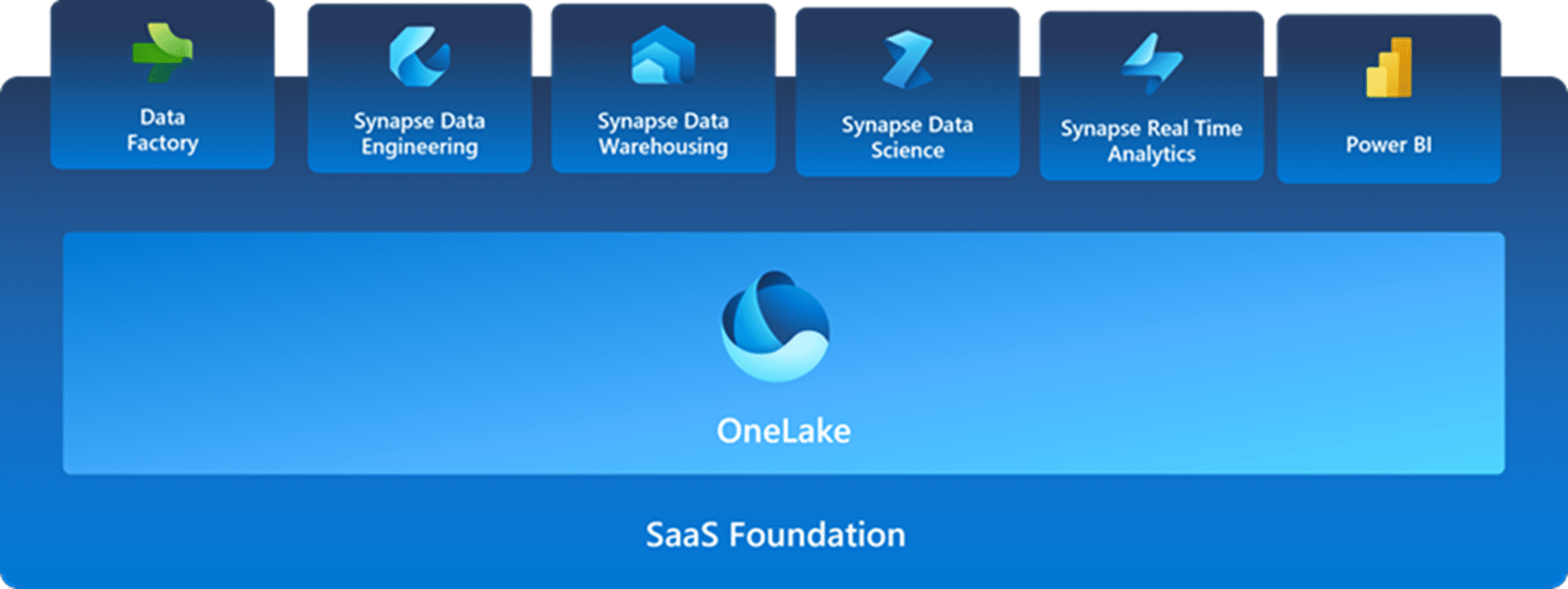
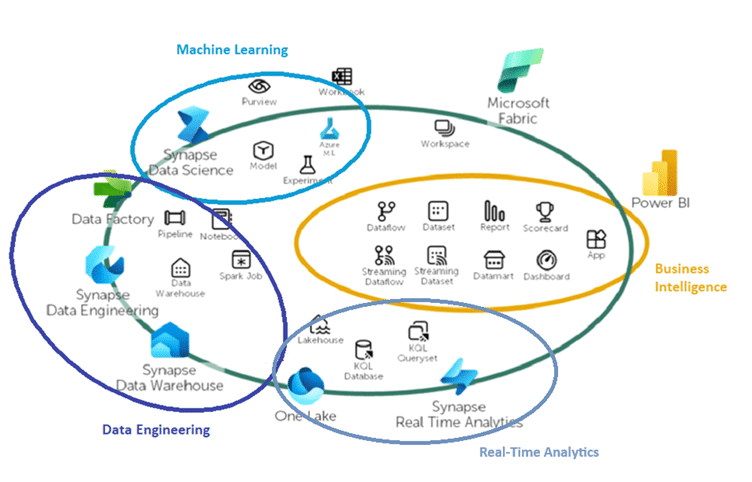
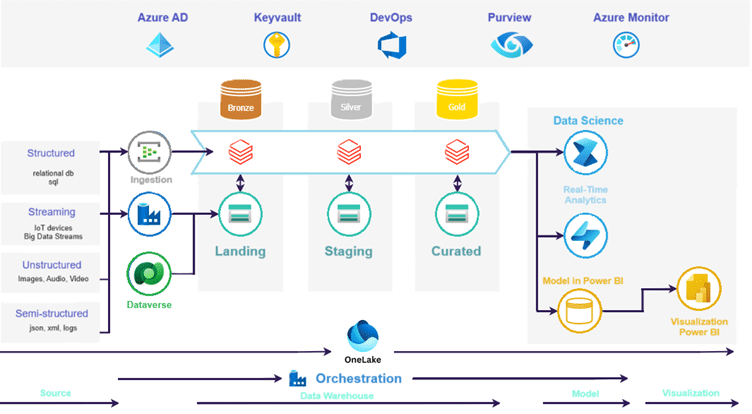
OneLake is the central denominator which connects the different fabric services: it serves as the common storage location for ingestion, transformation, real-time insights, and Business Intelligence visualisations:
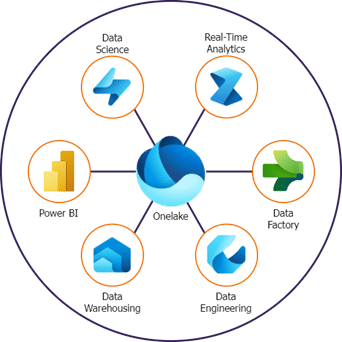
Fabric integrates five existing and enhanced workloads and adds a new workload in a Power BI-based portal: Synapse Data Science, Synapse Data Warehousing, Synapse Data Engineering, Synapse Real Time Analytics, Data Factory and Power BI, so Fabric can be summarised as follows:
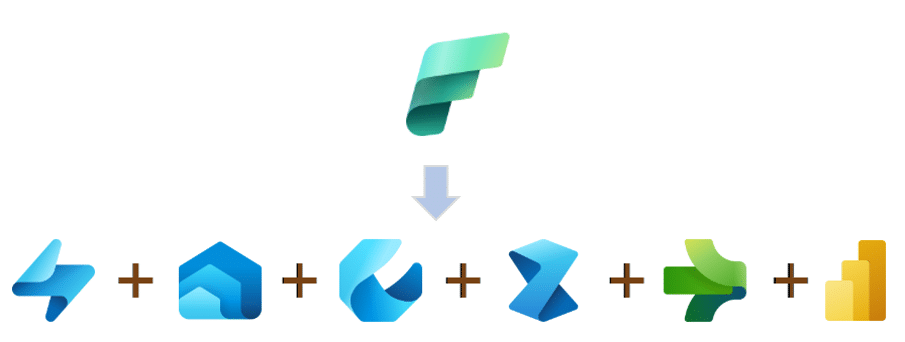
These tools can be found in Microsoft Azure Sync Fabric allowing a more user-friendly and convenient flow of information.
Due to the massive growth of data that companies face today, federated models are beginning to be used depending on the business’s need to manage and organise this data set logically and efficiently. This has been a big change from traditional architectures governed and managed in highly centralised ways. This federated data architecture is referred to as data mesh.
Microsoft Fabric’s data mesh architecture provides support within domains and allows data consumers to filter and discover content by domain. Additionally, the architecture supports federated governance, which means that some governance currently handled at the tenant level can be delegated to domain-level control, letting each business unit/department define its own rules and constraints according to its specific business needs.
Consequently, customers have the key tools they need to structure their tenant data estate in a way that allows them to control their own data mesh.
Data mesh is a central technical pattern that also demands organisational changes. The advantages of a data mesh approach are achieved by implementing multidisciplinary teams, which publish and consume data products.
Elastacloud
11 Toynbee Street, E1 7NE
Phone: +44 20 7859 4852
Email: info@elastacloud.com
Latest Whitepapers
Careers at Elastacloud
About Elastacloud
Learning Archives